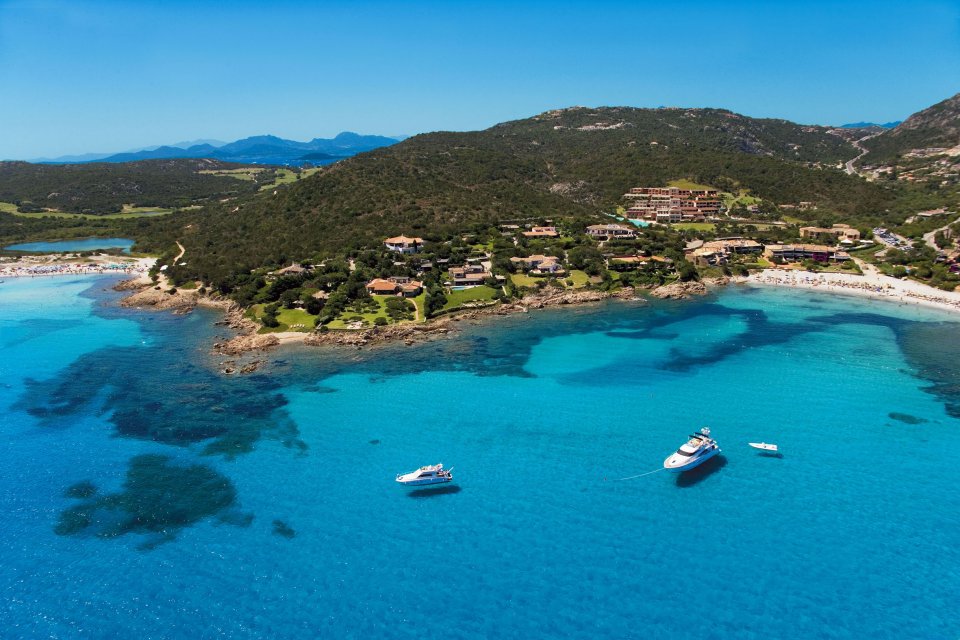Сардиния, Италия

Sardinia is a Mediterranean island belonging to the territory of Italy, but with the special status of an autonomous region. It is located west of mainland Italy. With an area of 24,090 square kilometers, it is the second largest island in the Mediterranean Sea, after the island of Sicily. It is inhabited by approximately 1.6 million people.
It is believed that the first settlers on the northern part of the island emigrated from mainland Italy (from the region of present-day Tuscany) via the island of Corsica, and the southern half, around the Gulf of Cagliari, was settled with emigrants from the Iberian Peninsula. There are records of trade with the Eastern Mediterranean from 1600 BC. this way. Over the years, the island was under the influence of Phoenicians, Vandals, Byzantines and others, and after 1948 it received the status of an autonomous region under Italy, and the population of the island was recognized by the Italian parliament as a separate nation.
Today, the main priority in the economy of the island of Sicily is tourism. The place attracts with beautiful views, wonderful beaches and a mild climate. It is often visited by celebrities. The most popular beach resort here is Costa Smeralda. Also known are Olbia, Costa Rei, Chia, Torregrande, and larger cities are Cagliari (the capital of Sardinia) and Alghero (a city in typical Spanish style).
Culture lovers also have a lot to see here. The island of Sardinia is known for the presence of many nuraghes - a type of megalithic buildings, created between 1900 - 730. BC Since their concentration is the greatest on this island (there are about 7,000 buildings), they have become a kind of symbol of the island of Sardinia and of its distinctive culture – the Nuragic civilization. The most significant Nuragic complex is "Su Nuraxi" near the area of Barumini ("Su Nuraxi di Barumini"), whose main building is a three-story building dating from the 16th century. The complex was included in the UNESCO list in 1997.
